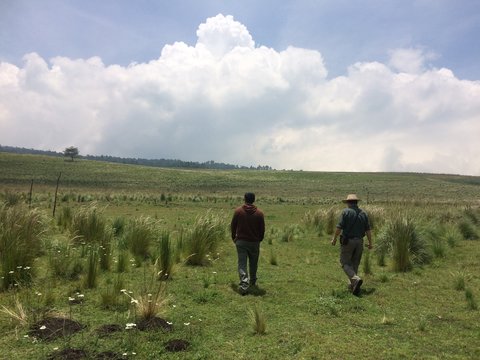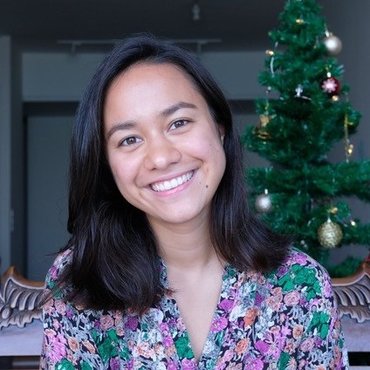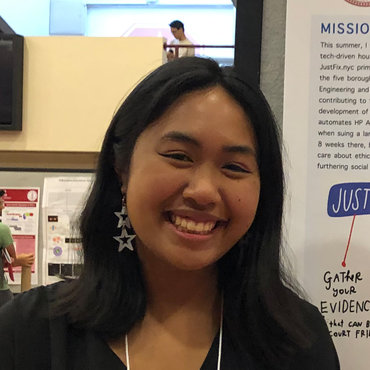
Maria Doerr, '17
Building cultural sensitivity in conservation

When the rain starts, we're not ready. Ten of us stand in the truck bed, grasping the railing as the vehicle lurches down the muddy trail. "¡Aquí!" our community partner Sapo ("toad" in English) yells, grinning while he pulls up a dusty plastic tarp from below our feet. We stretch it over our already-soaked heads as the truck continues weaving through the forest.
Since September, I've been working as the Water & Cities Fellow with Conservation International Mexico, supporting an initiative to protect the watersheds of Mexico City.
Mexico City's water issues are complex. When it rains, parts of the city flood. Every day, approximately 1,000 people settle in the city, creating an ever-growing thirst to quench with an ever-dwindling water supply. The aquifers that provide 70% of the water to 23 million people in the megalopolis are greatly over-exploited. Uncontrolled urban expansion, poor land management, and pesticide-use in the watersheds that recharge these aquifers complicate the situation all the more.
Conservation International works to curb these impacts in part by creating a common dialogue among players in city, rural, and natural landscapes. For me, this has meant sometimes pulling on my boots and heading to the mountains at 5:00 am. Other times it's meant drinking coffee with corporate sponsors in business casual.

The challenges of uncontrolled urban growth, poor land management, and pesticide-ridden farming are complicated. Development isn't just bad; planting trees isn't just good. When working in rural zones the goal is not to tell indigenous community members how they should envision their towns, but rather provide them with the resources and technical experience to do so as thoughtfully as possible and with natural systems in mind. Similarly, when talking with urban residents and sponsors who think that the hills should be covered with trees, we explain that the ecosystems of the watersheds are more complex than this and include native grasslands that also need to be protected, sans trees. Learning to synthesize these intricacies in our communications with colleagues and partners and in the implementation of our regional programs has been one focal point of my work this year.
Since graduating, I've been challenged to put my principles into practice and test out frames for ethical and effective service. Questions I posed in class, I now ask on a day-to-day basis: How can I best support community-driven environmental work in Mexico as an American? What ways can I build cultural sensitivity in how I approach conservation? Where does my voice belong and how can I uplift the voices of others?
Work trips like the one with Sapo remind me that while the mountains are indeed key to water security in the region, they are also a physical embodiment of Mexican cultural heritage. They are bigger than the articles I write, the excel sheets I analyze, or the meetings I attend. This land is home to nearly 100 indigenous communities, whose members include those with me in the truck bed. Through their experiences, I am all the more certain that the region's future does not exist without the deep integration of traditional knowledge.
Living history fills the watershed, and at each turn, continues to teach me.


